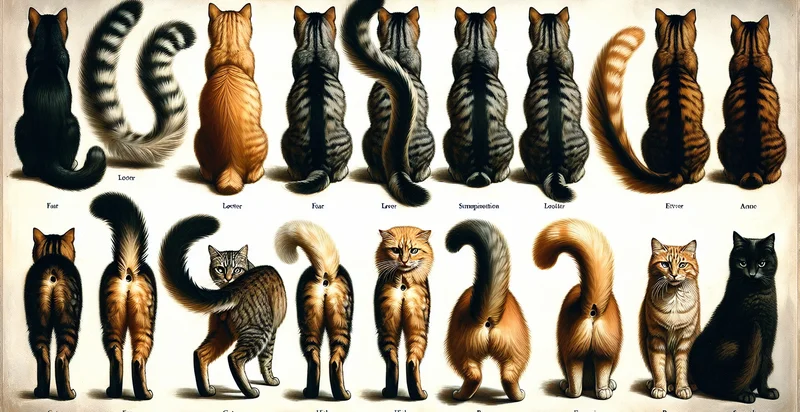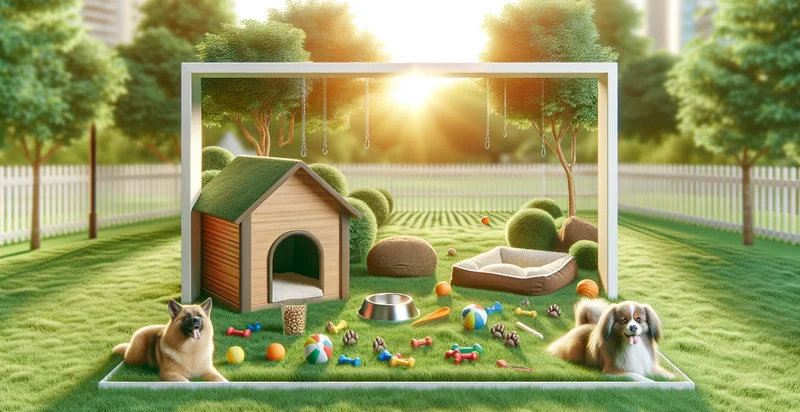Identify dog tail position
using AI
Below is a free classifier to identify dog tail position. Just upload your image, and our AI will predict the position of a dog's tail. - in just seconds.

Contact us for API access
Or, use Nyckel to build highly-accurate custom classifiers in just minutes. No PhD required.
Get started
import nyckel
credentials = nyckel.Credentials("YOUR_CLIENT_ID", "YOUR_CLIENT_SECRET")
nyckel.invoke("dog-tail-position", "your_image_url", credentials)
fetch('https://www.nyckel.com/v1/functions/dog-tail-position/invoke', {
method: 'POST',
headers: {
'Authorization': 'Bearer ' + 'YOUR_BEARER_TOKEN',
'Content-Type': 'application/json',
},
body: JSON.stringify(
{"data": "your_image_url"}
)
})
.then(response => response.json())
.then(data => console.log(data));
curl -X POST \
-H "Content-Type: application/json" \
-H "Authorization: Bearer YOUR_BEARER_TOKEN" \
-d '{"data": "your_image_url"}' \
https://www.nyckel.com/v1/functions/dog-tail-position/invoke
How this classifier works
To start, upload your image. Our AI tool will then predict the position of a dog's tail..
This pretrained image model uses a Nyckel-created dataset and has 21 labels, including Agitated, Between Legs, Bristled, Curled, Down, Drooping, Elevated, Fanned, Fluffy and Fluttering.
We'll also show a confidence score (the higher the number, the more confident the AI model is around the position of a dog's tail.).
Whether you're just curious or building dog tail position detection into your application, we hope our classifier proves helpful.
Related Classifiers
Need to identify dog tail position at scale?
Get API or Zapier access to this classifier for free. It's perfect for:
- Pet Behavior Monitoring: This function can be used by pet owners to monitor their dog’s emotional state through tail positioning. By analyzing images of their dog's tail, owners can receive insights into their pet's mood, helping them better understand and respond to their needs.
- Veterinary Diagnostics: Veterinarians can use this classification function to aid in diagnosing behavioral issues or stress in dogs. By assessing tail position in conjunction with other symptoms, vets can develop more effective treatment plans.
- Dog Training Programs: Training professionals can leverage this function to track progress in obedience classes. Understanding tail position can help trainers adjust techniques based on the dog's comfort and engagement levels during training sessions.
- Dog Adoption Services: Shelters can implement this classification system to evaluate dogs' temperaments before adoption. By analyzing tail position, staff can provide potential adopters with better insights regarding a dog's social behavior and compatibility with families.
- Pet Insurance Underwriting: Insurance companies can use this identification function to assess behavioral aspects of dogs during the underwriting process. By understanding how a dog's tail position correlates with behavioral risks, insurers can create more tailored policies.
- Animal Behavior Research: Researchers in animal behavior can utilize this software to study tail positioning across different breeds and situations. This information can contribute to a deeper understanding of canine communication and enhance the knowledge of animal welfare.
- Smart Collar Technology: Integrating this classification function with smart collars could allow for real-time assessment of a dog’s emotional state. Owners could receive notifications about their dog's feelings, enabling immediate intervention if they show signs of distress or anxiety.


